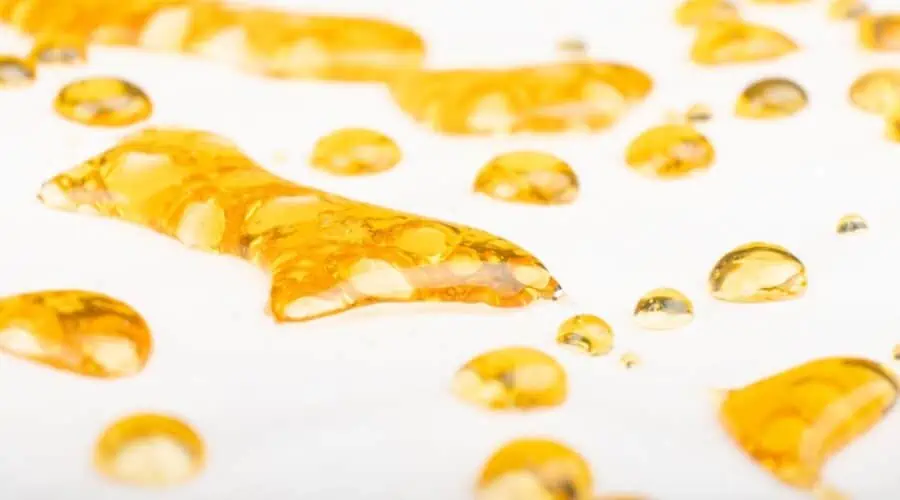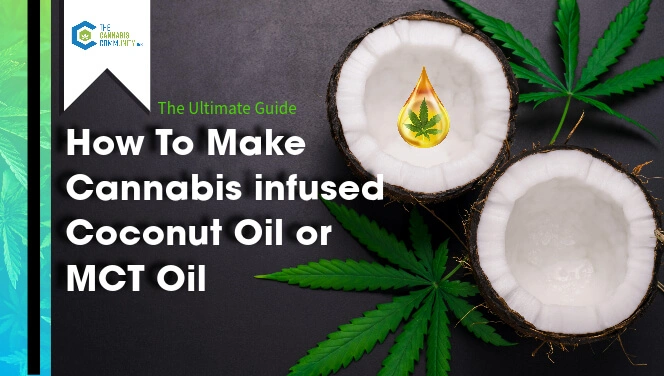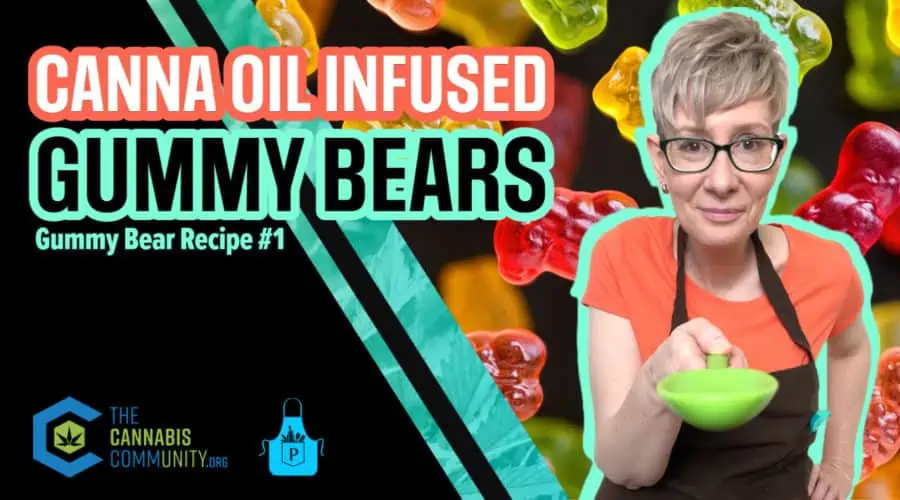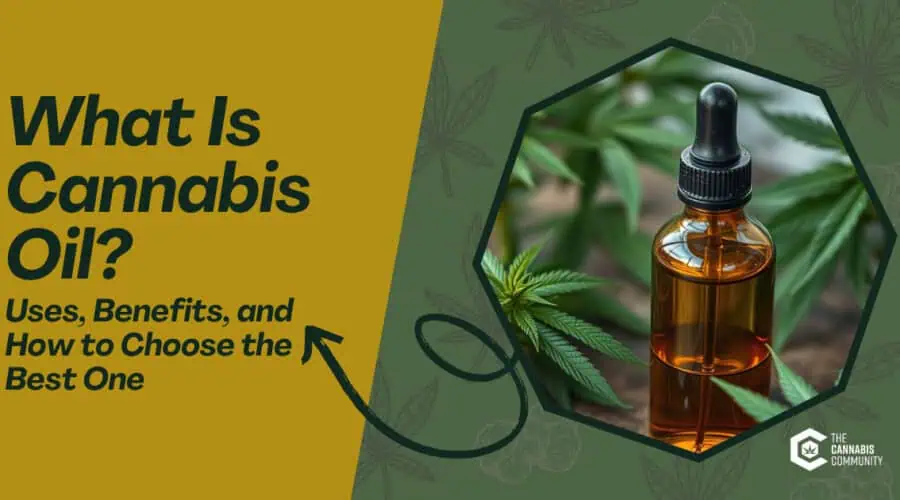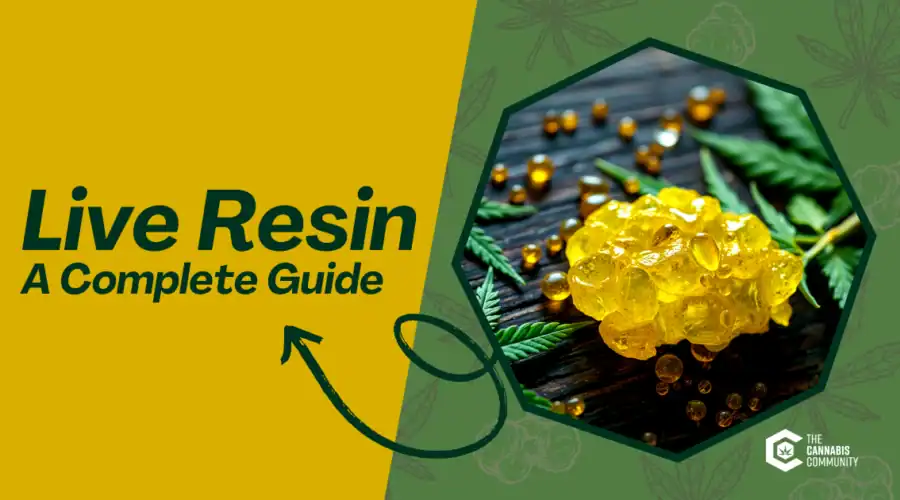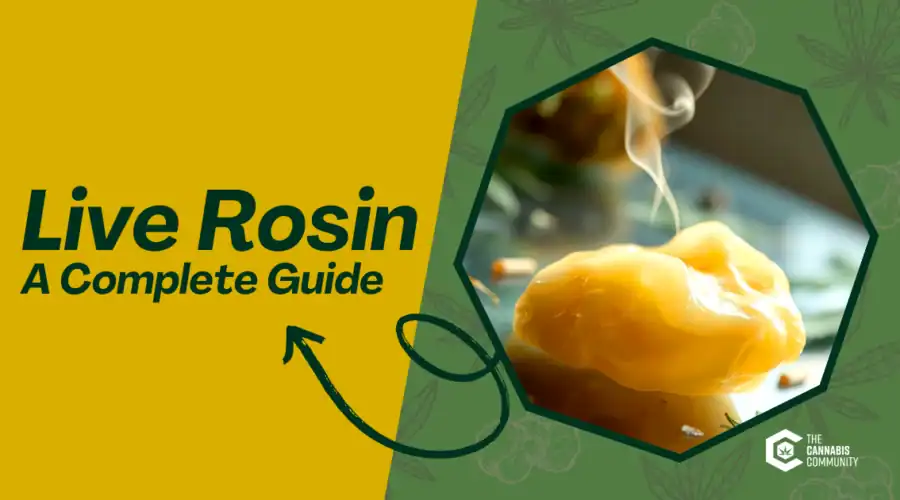The Supreme Guide to Cannabis Concentrates and Everything You Need To Know
Table of Contents
What Are Cannabis Concentrates?
Cannabis concentrates and extracts have gained popularity recently as a potent and efficient way to consume cannabis. But what are concentrates and extracts, and why should you consider using them?
In simple terms, concentrates and extracts are concentrated forms of cannabis extracted from the plant material. They contain a higher concentration of cannabinoids and terpenes than traditional cannabis flower, which makes them more potent and effective.
Due to everyone’s endocannabinoid system reacting differently to cannabis, concentrates are one type of cannabis that you should prepare before consuming.
Different concentrates and extracts are available, each with unique characteristics and uses. From hashish and kief to shatter and wax, the variety of concentrates and extracts on the market can be overwhelming.
In this ultimate guide, we’ll explore the world of cannabis concentrates and extracts, including their benefits and drawbacks, the different types available, how they’re made, how to use them, dosage and safety considerations, legal and regulatory landscape, quality control and product testing, and tips for choosing the right concentrate or extract for you.
What Are the Benefits of Concentrates?
There are various reasons why someone might opt to try concentrated cannabis products. From a clinical standpoint, it allows the consumption of much higher levels of cannabinoids and terpenes at one time, which is necessary for treating some patients.
For instance, patients with traumatic brain injury (TBI) have been shown to respond better to higher doses of THC, which can be more easily obtained by using concentrates.
Of course, for the recreational user, the obvious benefit of using concentrates is the ability to experience a much more potent effect from cannabis than using the equivalent amount of flower.
Whatever the reasons, the world of concentrates is constantly evolving and expanding to suit the needs and tastes of people everywhere.
Concentrates have a lot of advantages over other ways to use cannabis. They include
Concentrates Are More Powerful
Cannabis concentrates provide a potent, fast-acting dose of cannabinoids compared to other forms of cannabis. Not only do these concentrates offer a more intense high, but the effects can also last longer.
Concentrates Are Very Handy
Concentrates are very easy to store and transport, making them ideal for those who need quick on-the-go access to their medication.
Concentrates Are Cost-effective
Since the THC content is usually much higher in concentrates than in traditional flower products, users can get a more potent effect in smaller doses.
This means they can save money while still experiencing the desired effects. Cannabis concentrates provide an efficient and cost-effective way to enjoy cannabis without sacrificing quality or potency.
Concentrates Have Various Flavors and Textures
Concentrates also boast various flavor profiles and aromas that can add an extra layer of enjoyment to each consumption experience.
What Are the Different Types of Cannabis Concentrates?
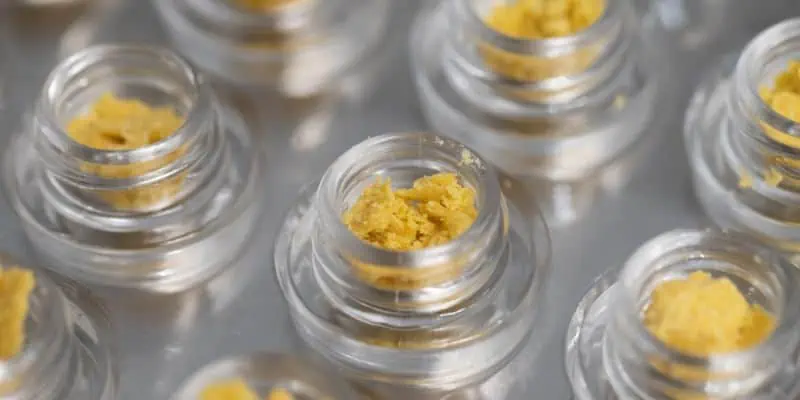
Cannabis concentrates come in different forms, including:
Cannabis concentrates and extracts come in various forms with unique characteristics and uses. Here are some of the most popular types:
1. Hashish:
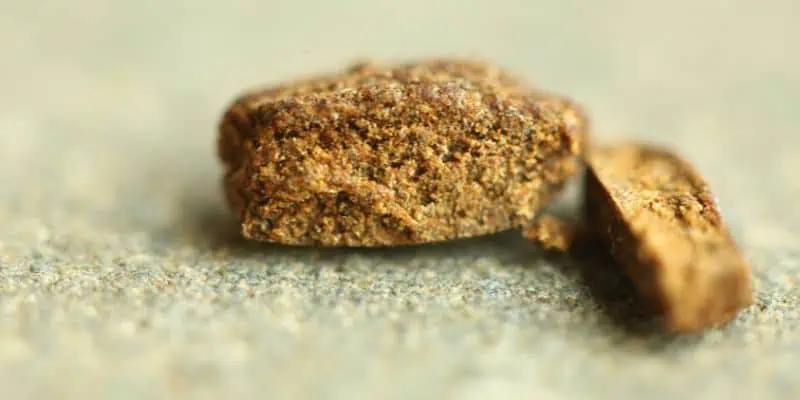
Hashish is a traditional cannabis concentrate that has been around for centuries. It is made by compressing the resin glands from the cannabis plant into a solid block.
2. Kief:
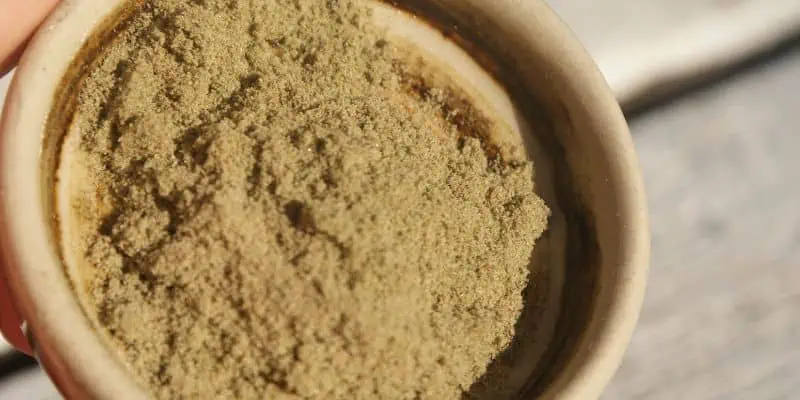
Kief is a fine powder made from the resin glands of the cannabis plant. It is often collected by sifting cannabis flower through a screen or sieve.
3. Rosin:
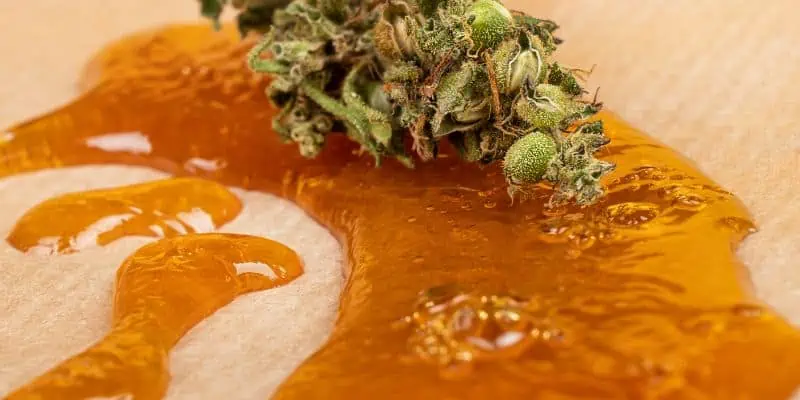
Rosin is a solventless concentrate that applies heat and pressure to cannabis flower or kief. This process causes the resin glands to release their oils, which are then collected.
4. Shatter:
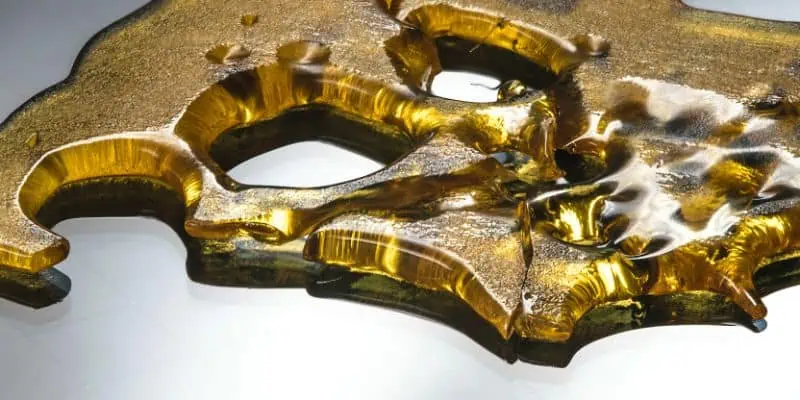
Shatter is a type of translucent and brittle concentrate. It uses a solvent-based extraction method, such as butane or propane.
5. Wax:

Wax is an opaque and sticky type of concentrate. It is also made using a solvent-based extraction method.
6. Budder:
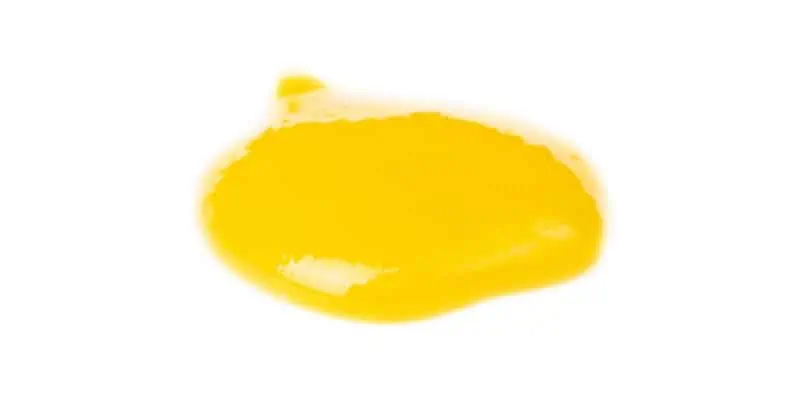
Budder is a type of concentrate that has a creamy, butter-like consistency. It is also made using a solvent-based extraction method.
7. Live resin:
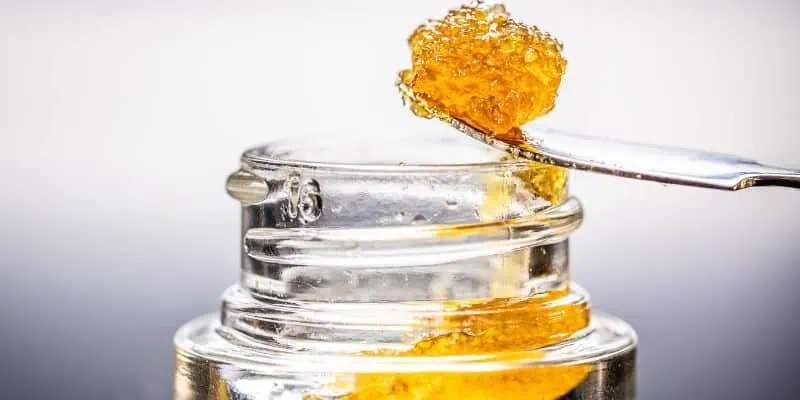
Live resin is a concentrate made from freshly harvested cannabis plants. It is often considered to have a more vibrant flavor profile than other concentrates.
8. CO2 oil:
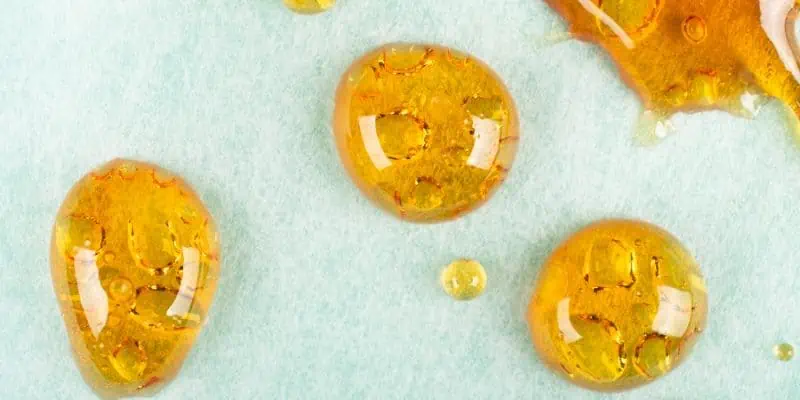
CO2 oil is a type of concentrate using carbon dioxide as a solvent. This method is considered more environmentally friendly and safer than solvent-based extraction methods.
9. Distillate:
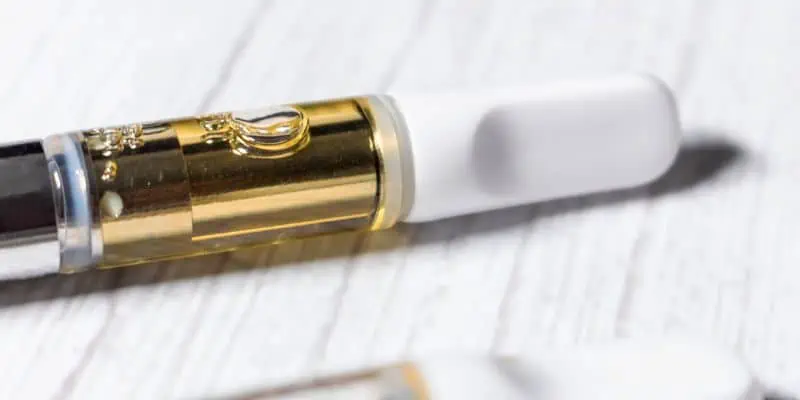
Distillate is a concentrate purified to remove impurities and unwanted plant material. It is often used in edibles and vape cartridges.
Each type of concentrate or extract has its unique flavor, potency, and characteristics. Some are more suitable for specific consumption methods than others, and others may be more potent. Understanding the differences between each type of concentrate or extract can help you decide which one is right for you.
Solventless Concentrates versus Solvent-Based & Solvent-Free Cannabis Extracts
Regarding cannabis concentrates, there are two main categories: solvent-based and solvent-free. Solvent-based concentrates are made using a solvent, such as butane or propane, to extract the cannabinoids and terpenes from the cannabis plant. Solvent-free concentrates, on the other hand, are made without using any solvents.
Here are some of the critical differences between solvent-based and solvent-free cannabis concentrates:
Method of Extraction: Solvent-based concentrates are made using a solvent to extract the cannabinoids and terpenes from the cannabis plant. Solvent-free concentrates, on the other hand, use mechanical or heat and pressure-based extraction methods.
Purity: Solvent-based concentrates can be less pure than solvent-free concentrates, as they may contain traces of residual solvents. Solvent-free concentrates, on the other hand, are typically more pure and free of contaminants.
Flavor and Aroma: Solvent-based concentrates can have a harsher flavor and aroma, as the solvents used in the extraction process can affect the final product’s taste and smell. Solvent-free concentrates, on the other hand, are often more flavorful and aromatic as they retain more of the plant’s natural terpenes.
Potency: Solvent-based concentrates can be more potent than solvent-free concentrates, as the extraction process can result in a higher concentration of cannabinoids. However, potency can vary depending on the specific type of concentrate or extract.
Safety: Solvent-based extraction methods can be dangerous if not done correctly, as the solvents used are highly flammable and can be explosive. Solvent-free extraction methods, on the other hand, are generally considered to be safer.
Choosing between solvent-based and solvent-free concentrates will ultimately depend on personal preference and individual needs. Solvent-based concentrates may offer higher potency, but solvent-free concentrates are generally considered safer and purer. It’s essential to understand the differences between the two and choose a concentrate that meets your needs and preferences.
How Cannabis Concentrates and Extracts are Made
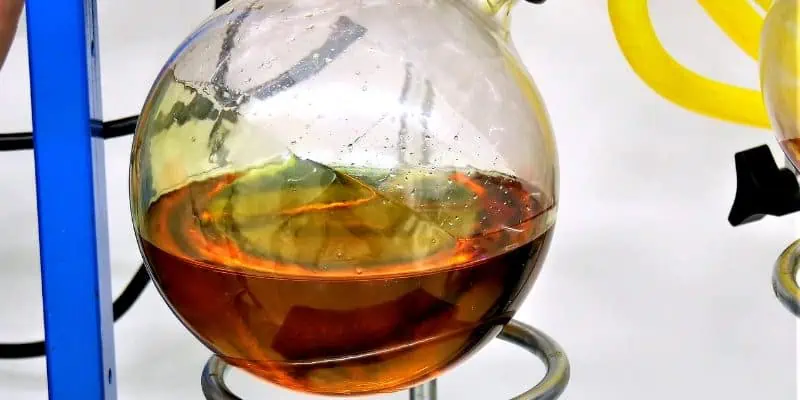
Cannabis concentrates and extracts are made using various methods of extraction, each with its unique pros and cons. Here are some of the most common methods of extraction:
Solvent-based Extraction: Solvent-based extraction methods use a solvent, such as butane or ethanol, to extract the cannabinoids and terpenes from the cannabis plant.
The solvent is then evaporated, leaving behind a concentrated oil or wax.
This method can be dangerous if not done correctly, as solvents are highly flammable and explosive.
CO2 Extraction: CO2 extraction is a solvent-free method that uses carbon dioxide under high pressure and low temperature to extract cannabinoids and terpenes. This method is considered safe and environmentally friendly but can be costly.
Rosin Extraction: Rosin extraction is a solvent-free method that uses heat and pressure to extract cannabinoids and terpenes from the cannabis plant.
This method is relatively easy and safe at home, but the yield may be lower than other extraction methods.
Water Extraction: Water extraction uses ice water and agitation to separate trichomes from the cannabis plant.
This method is known as “ice water hash” or “bubble hash.” It produces a high-quality, solvent-free concentrate but can be time-consuming and labor-intensive.
The method of extraction can have a significant impact on the quality and potency of the final product. For example, solvent-based extracts can have residual solvents that can affect the taste and safety of the concentrate. CO2 extraction can produce a high-quality concentrate but can also be costly.
Rosin extraction is a relatively safe and easy method, but the yield may be lower than other methods. Water extraction produces a high-quality, solvent-free concentrate but can be labor-intensive.
It’s essential to choose a method of extraction that meets your needs and preferences. Consider factors such as safety, potency, cost, and yield when choosing a method of extraction.
What Are the Different Ways To Enjoy Cannabis Concentrates?
To consume cannabis concentrates, you can use the following methods:
- Dabbing concentrates
- Smoking concentrates
- Vaping concentrates
- Making edibles
- Making topicals
- Making tinctures
- Making capsules
How Long Do Cannabis Concentrates Take To Work?
The effects of concentrates take only a few minutes to kick in, depending on the method of consumption. The effects will peak within 10-15 minutes and last about 4 hours.
Some users find that consuming concentrates in smaller amounts over a longer period can help extend the duration and intensity of their high.
Smoking or vaping concentrates is typically the quickest way to experience their effects as they allow direct absorption through the lungs into the bloodstream.
On the other hand, a concentrate edible or topical can take up to two hours before you feel any effects.
How Much Cannabis Concentrates Should I Take the First Time?
If you are consuming, cannabis concentrates for the first time, going slow and starting with a low dosage is critical.
You should begin by taking only a small amount, such as one or two milligrams. This will allow your body to adjust to the effects of the concentrate without being overwhelmed. Titration is crucial here!
If you feel comfortable after that initial dose, you can gradually increase the amount until you find what works best for you.
It is also important to remember that everyone is different and that cannabis affects everyone differently. It is best to listen to your body and adjust accordingly.
Dosage and Safety Considerations
Cannabis concentrates and extracts are highly potent and require careful dosing to avoid overconsumption. Here are some dosage and safety considerations to keep in mind:
Recommended Dosage: The recommended dosage for concentrates and extracts varies depending on the product type, potency, and personal tolerance.
It’s best to start with a low dosage and gradually increase it until you achieve the desired effects. A general guideline is to start with 5-10mg of THC and wait at least two hours before consuming more.
Measuring Dosage: Measuring dosage accurately can be challenging with concentrates and extracts. It’s important to use a scale to measure the product amount accurately.
You can also use a dab tool or syringe to measure small amounts of product.
Potential Risks and Side Effects: Overconsumption of concentrates and extracts can result in adverse side effects such as anxiety, paranoia, and hallucinations.
It’s essential to start with a low dosage and gradually increase it until you achieve the desired effects.
It’s also important to know the potential risks associated with solvent-based extraction methods, such as residual solvents that can be harmful if ingested.
Safe Storage and Handling: Concentrates and extracts should be stored in a cool, dry place away from direct sunlight. It’s also important to handle concentrates and extracts with care, as they are highly potent and can cause skin irritation if they come into contact with the skin.
Use gloves or a dab tool when handling concentrates and extracts.
By following these dosage and safety considerations, you can minimize the risks associated with consuming concentrates and extracts and ensure a safe and enjoyable experience.
What Should You Do and Not Do With Cannabis Concentrates?
When it comes to cannabis concentrates, there are certain things that one should and not do.
DO: Take breaks
Concentrates can be intense, so taking breaks between sessions is essential to avoid overconsumption and give your body time to recover.
Taking breaks between sessions can help reset your body’s tolerance level, allowing you to enjoy the full benefits of the concentrates without any adverse effects.
DO: Use a quality device
Use a quality vaporizer or dab rig designed explicitly for concentrates to get the most out of your concentrate. Quality devices not only produce more vapor and flavorful hits, but they’re also safer and more efficient than using makeshift methods.
When shopping for a vaporizer or dab rig, consider the device’s size, temperature control options, extraction efficiency, and overall ease of use. You’ll also want to ensure the device is easy to clean and maintain for long-lasting performance.
DO: Research the product
When trying to purchase a concentrate, do your research beforehand. You want to ensure that the product is made from high-quality cannabis and free of harmful additives that could harm your health
. One surefire way to ensure you’re getting a good product is to ask the manufacturers or sellers about the production process, where the cannabis was grown, and how the concentrates were extracted.
Checking online reviews from other buyers can be another way to determine the quality of the product. Pay attention to the potency and concentrate you’re buying, as different concentrates offer different effects.
DON’T: Attempt to make your own cannabis concentrates at home
It is not recommended to make cannabis concentrates at home using solvents such as butane or propane. Not only are these solvents difficult to work with, but they can also lead to explosions and fires if not handled properly.
Many of these solvents are not meant for human consumption, so you could expose yourself to health risks.
It is much safer to purchase your cannabis concentrates from a reputable store or dispensary. Professional extractors should only do these processes in a controlled environment with the proper safety equipment.
DON’T: Use in public
Concentrates, such as wax or shatter, are incredibly potent forms of cannabis that pack a heavy punch. The high levels of THC in these products can easily overwhelm even the most experienced users, and the intense aroma that comes with them can be overpowering.
Due to this, it’s best to use concentrates in a private setting where you won’t disturb others.
Smoking or vaping concentrates in public can be not only unpleasant for those around you, but it can also attract unwanted attention and potentially lead to legal issues.
DONT: Mix with alcohol
Mixing cannabis concentrates with alcohol can increase the risk of adverse side effects such as dizziness, nausea, and vomiting and may also impact a person’s ability to make sound decisions or operate machinery.
This combination can lead to more severe side effects, such as blackouts or potential long-term damage to the body.
Quality Control and Product Testing
Regarding cannabis concentrates and extracts, ensuring product quality and safety is essential. Here are some key considerations to keep in mind:
Reputable Dispensary or Retailer: Look for a reputable dispensary or retailer with a strong track record of quality products and customer service. Check online reviews and ask for recommendations from friends or family members who use concentrates and extracts.
Lab Testing: Look for products that have been lab tested by a third-party lab. The lab test should provide information on the product’s potency, purity, and safety. This can include testing for residual solvents, heavy metals, pesticides, and other contaminants.
Quality Control Standards: Look for products that meet industry quality control standards. This can include certifications such as Good Manufacturing Practices (GMP) and ISO 9001.
Product Labeling: Check the product labeling to ensure that it includes accurate information on potency, ingredients, and dosage instructions.
By paying attention to these quality control and testing considerations, you can ensure that you’re purchasing a safe and high-quality cannabis concentrate or extract.
Choosing the Right Concentrate or Extract for You
Choosing the right cannabis concentrate or extract can be a personal decision based on individual preferences and needs. Here are some factors to consider when selecting a concentrate or extract:
Potency: Consider the potency of the product and your personal tolerance level. Start with a low dosage and gradually increase until you achieve the desired effects.
Flavor: Different concentrates and extracts can have unique flavor profiles. Experiment with different types of concentrates and extracts to find the one that best suits your taste.
Effects: Consider the effects you want, such as relaxation, pain relief, or stimulation. Different types of concentrates and extracts can produce different effects.
Consumption Method: Consider the method of consumption that works best for you. Concentrates and extracts can be consumed through various methods, such as dabbing, vaping, or adding to edibles.
Experimentation: Try different types of concentrates and extracts to find the one that works best for you. Start with small amounts and gradually increase the dosage until you find the right balance.
Considering these factors, you can choose the right concentrate or extract that meets your needs and preferences.
In summary, cannabis concentrates and extracts offer a highly potent and convenient way to consume cannabis. Whether you’re looking for pain relief, relaxation, or stimulation, many different concentrates and extracts are available to suit your needs.
When using concentrates and extracts, it’s important to consider dosage, safety, quality control, and testing standards. By paying attention to these factors, you can ensure you purchase a safe and high-quality product.
As the cannabis industry continues to evolve, we can expect new products and innovations in extraction technology. Whether you’re a seasoned cannabis user or just starting out, there has never been a better time to explore the world of concentrates and extracts.
We hope this guide has provided valuable insights and information on cannabis concentrates and extracts. Remember always to consume cannabis responsibly and consult with a healthcare professional if you have any questions or concerns.
Enjoy Concentrates and Get Your Medical Cannabis Card Today
Enjoyed This Content? Read More:
-
How to Make Cannabis-Infused Coconut Oil or MCT Oil: Crockpot Recipes
In this guide, you’ll learn how to make cannabis-infused coconut oil or MCT oil, decarboxylate cannabis, or choose to infuse cannabis into any oil of your choice.
-
How to Make THC Gummy Bears with Canna Oil
This is a great no-fail recipe for beginners. The corn syrup in this recipe will help your gummy bears have that nice and chewy texture we’ve all come to love.
-
What Is Cannabis Oil? Uses, Benefits, and How to Choose the Best One
Learn about the different characteristics, applications, and types of cannabis oil. Find the right kind of cannabis oil for you and enjoy its health benefits.
-
What is Live Resin? Benefits, Uses, and How It Compares to Other Cannabis Extracts
Discover live resin, a flavorful cannabis concentrate made from fresh cannabis plants. Explore its benefits, uses, and how it compares to other extracts.
-
What is Live Rosin? A Detailed Guide to this Premium Cannabis Extract
Discover live rosin, a solventless extract from fresh cannabis. Learn how it differs from live resin and why it’s prized for flavor, purity, and potency.


